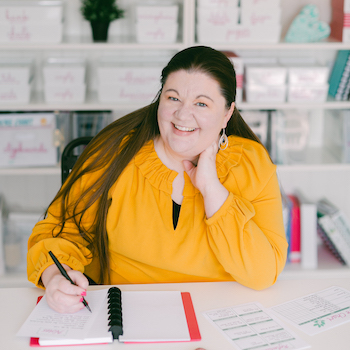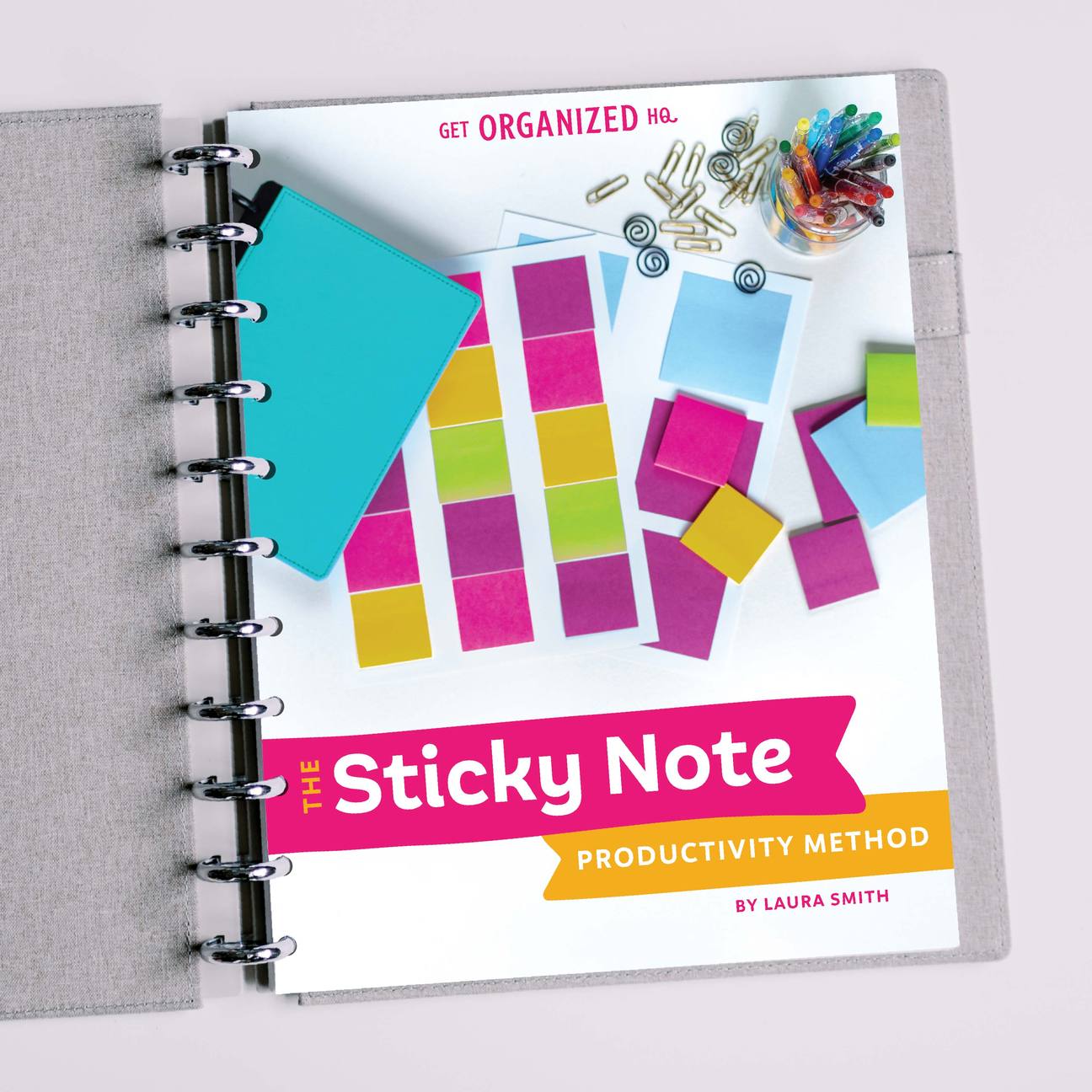Saving AND Spending Money Shame Free with Jill from Frugal Friends Podcast
In this episode, Tasha talks with Jill, co-host of the Frugal Friends podcast and co-author of the book Buy What You Love Without Going Broke, who is going to share some good daily money habits for spending and saving.
Links in This Episode:
MONEY HABITS
Most of us are not born with the skill of knowing how to spend and save money. It can all feel overwhelming. It’s also a skill that’s ever evolving. How we spent money 10 years ago is different than how we spend today, and will probably be different in 10 years down the road.
LEARNING THE SKILLS
As we learn, we can individualize how money management works for us. Learning the core tenants and developing helpful habits can pave the way to feeling more confident as we go along.
M O N E Y I N O U R DA I LY RO U T I N E
Automating spending can be a game changer by putting those decisions on autopilot. Some automated payments you can set up are retirement investing, mortgage payments, car payments, and even regular bill payments. We can also simplify savings by having a set amount automatically moved to a savings account, taking away another choice or decision you need to make weekly or monthly.
SPENDING PLAN REVIEW
Set up a regular review of your spending plan. This can be done as often as you feel necessary, but at a minimum once a month. This allows you to see if any shifts need to be made, subscriptions to cancel, or unrecognized charges that need to be looked into. At the end of the month, take a look at what your next month will look like as well as seeing if you under or over spent in any category. Put any excess money into a high yield savings account. Once these reviews become part of your routine, they shouldn’t take more than 20-30 minutes to complete.
SHUHARI RACE CONCEPT
What works for one may not work for everyone. Jill and Jen (her co-host) recommend the Shuhari Race method which is to follow the rules, break the rules, then transcend the rules. First, find someone to follow that speaks in a way that resonates with you. Jump in and digest their content. Follow what they say almost to a T. Once you feel that you have your feet under you, when you begin to know your learning style and who you are as a person, start breaking some of those rules. Reflect on what you’ve been following and make tweaks in a way that fits with your season of life and lifestyle. From there, begin to transcend the rules where you are truly making it your own, individualizing the way that money management looks for you as you feel more confident.
90 DAY TRANSACTION INVENTORY
A recommended action step to take before even creating a budget is to do a 90 transaction inventory. Go through credit card statements, bank statements, compiling it all together so that you can look through what you have spent over the last three months. This can bring to light purchases we enjoyed and that aligned with our values, as well as show purchases we don’t remember making or that we regret. Use this to inform yourself of what you want your spending to look like in the future.
CREATE CATEGORIES
Create categories based on what is most important to you. Try to keep it simple and limit it to four categories. An example would be discretionary spending, fixed expenses, savings, and investing. A simple spending plan makes it not as daunting when looking at it bimonthly or monthly.
START TRACKING
You can use a spreadsheet to track or a money app such as Monarch, Cube, or YNAB. Apps can be helpful for simplification.
IT WON’T BE PERFECT
Recognize that your spending plan will never go perfectly. There’s room to change it month to month because every month is not going to look the same. That’s where the monthly spending inventory comes in handy. It won’t take a total overhaul. We have a template that we make minor adjustments to over time as we learn our own rhythms and spending styles. I
MPULSE SPENDING TENDENCIES
Identifying what type of impulse spender we are can be very helpful by helping us know what types of barriers we can put into place. We may need to find a replacement behavior or coping mechanism.
Q U E S T I O N S F O R S P E N D I N G OPPORTUNITIES
How can I use what I already have? If there is a problem you are facing or a need that needs met, look within your own resources, within your home, your network and see if you find a solution there without purchasing anything. The next question to ask if you haven’t found a solution with what you have is can you get it for free? Can you borrow from a friend, find on a buy nothing group, find another way to solve the problem at no cost? If that’s not possible, how can I get it for low cost or for a deal? Are there rebates? Can it be found on Facebook Marketplace, ebay, Thredup, a consignment store? Are there coupons? The final question would be how can I pay full price for this item guilt free? One way to feel confident about having to pay full price is to first go through those first three questions. Is this purchase truly going to solve the problem and make life more efficient?
HABITS TO SUPPORT MONEY GOALS
Meal planning has been the biggest habit Jill has formed to help with spending less. She wasn’t always good at it, but has worked hard to build the skill. Of the three big expenses (food, housing, and transportation), food is the one that we can focus on and cut to see a big difference in our finances. Knowing ahead of time, week to week, what she is going to eat based on what is in her pantry, fridge, and freezer has been key. She uses Chap GPT to give her recipes based on ingredients she has unhand. Then she can fill in with what she needs from the grocery store.
IMPACTS OF PHYSICAL ENVIRONMENT
Jill has noticed that clutter and feelings of chaos in her physical environment can cause her to feel overwhelmed quickly. That feeling of overwhelm and chaos within herself affects her ability to make sound decisions or to think clearly when reviewing her budget or resisting an impulse purchase. A shared chores checklist has been helpful for Jill and her husband. The checklist is a plan for tackling all the tasks that are calling her to be done. Knowing she has a plan allows her to be at ease knowing there is a time set aside to take care of them.
WHAT JILL STRUGGLES WITH
Jill admits she is not the best at negotiating bills or services regularly. She recognizes it is something that, when does with regularity, can make a pretty big difference month to month. But to her, it feels overwhelming to carve out a day to make all those phone calls and make all those requests. She also isn’t good at remembering the annual and bi-annual charges that come up, such as car registrations. She most always forgets, even though they occur at the same time each year. Her recommendation is to set up alerts, write it down in the calendar, and start preparing by beginning to set money aside for it. Her tip for those skills we struggle with is to move past the shame and recognize that we can develop it and get better at it.
W H AT I S B R I N G I N G M O R E P E AC E ?
For Jill, her robot vacuum is bringing her a lot of peace right now. She considers is a great investment and hopes to someday replace it with one that will mop as well.







 Copyright 2025, Get Organized HQ.
Copyright 2025, Get Organized HQ.